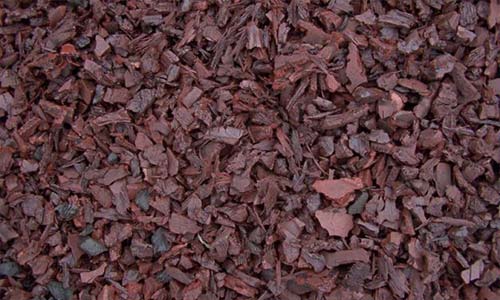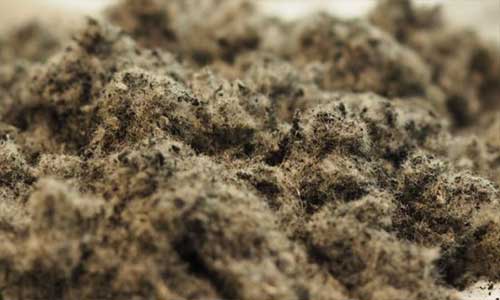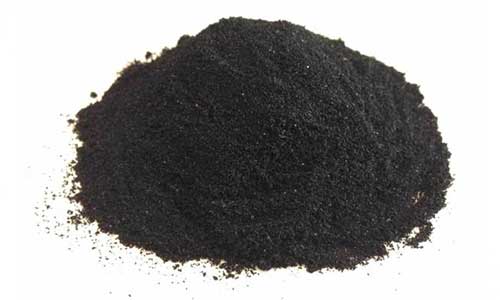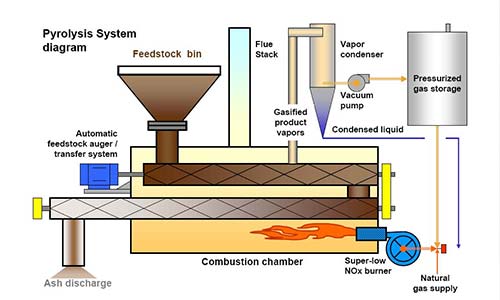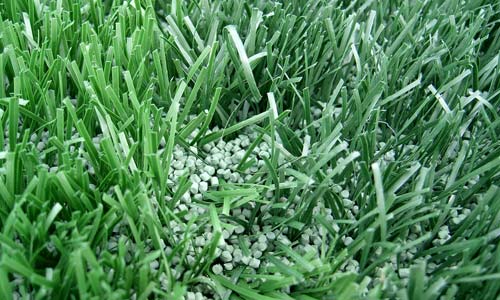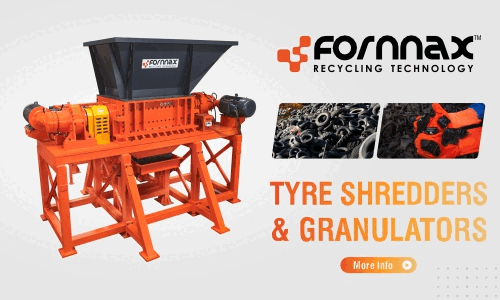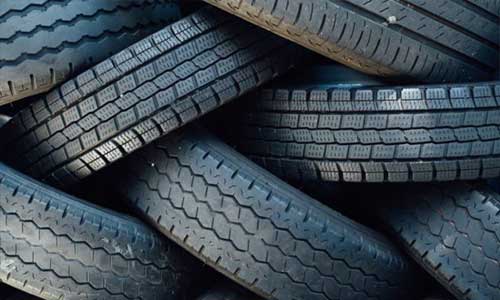
Weibold Academy: How used tires can improve electricity problem in developing countries
Today, many developing countries suffer from poor waste management practices and severe environmental problems. This includes not only insufficient wastewater treatment, dangerous chemicals in soil or solid household waste, but also end-of-life tires (ELTs) which, accumulated at landfills, pose threat to human health. Whereas fraught politics is incapable of designing scrap tire management regulations and establishing collection systems, there are other practices which could help. To affect scrap tire management and recycling on local level, one should come up with solutions tailored to people’s economic behavior and habits, and look at their economic needs. This is where crowdsourcing for ELTs comes into play.



